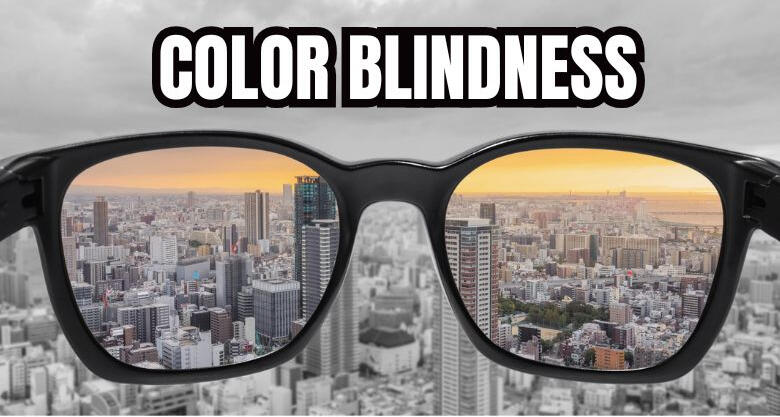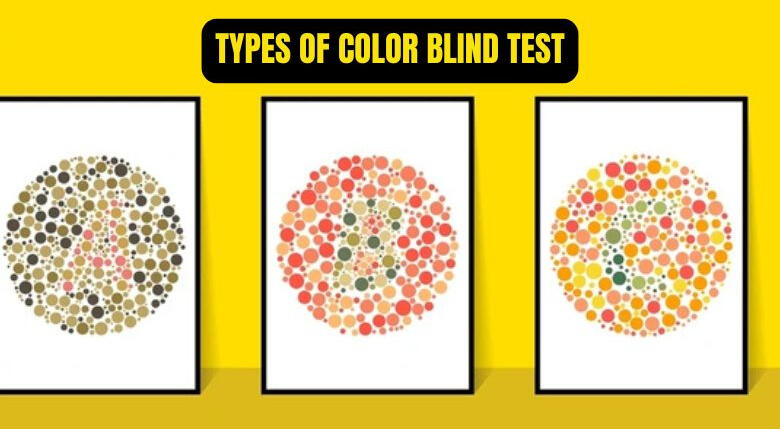COLOUR BLINDNESS

Color Blindness In Edmonton
Color vision deficiency, commonly referred to as Color Blindness, is a condition that affects a person’s ability to perceive or differentiate certain colors.Depending on the type and severity of the condition, a person with color blindness might be unable to see certain colors or they might look washed out. We offer Enchroma lenses as a way to aid with color deficiencies.To know more about our treatments and solutions, visit Optometrists Clinic Inc in Edmonton today.
What Causes Color Blindness?
Colour vision is controlled by light-sensitive cells in your eyes known as cones. There are three types of cone cells, each containing photopigments that perceive either blue, green or red. Colour blindness occurs if one or more of these types of cones is missing or defective.
In most cases, colour blindness is genetic. However, this deficiency can also be triggered by damage to the eye, optic nerve or part of the brain that processes colour. Additionally, your ability to perceive colour can be affected by ageing, certain medications and conditions such as diabetes, Alzheimer’s disease and cataracts.
Are There Different Types?

There are several variations of colour blindness based on which cones are affected and to what degree. The most common form is red-green colour blindness, which occurs more often in men than women. A person will have red-green colour blindness if either their red or green cones don’t work properly or at all.
Another form of colour vision deficiency is blue-yellow colour blindness. Similar to the red-green variety but much less common, it’s characterized by faulty or absent blue cones. In very rare cases, total colour blindness or monochromacy occurs if all three types of cones are missing, which prevents the person from perceiving colour at all.
1. Ishihara Test
The most well-known test for detecting red-green color deficiencies. It consists of a series of plates with colored dots that form numbers or shapes, visible only to those with normal color vision.
2. Anomaloscope
A more advanced test that involves matching colors. The person being tested looks through an instrument and adjusts two lights to match in color. It is highly accurate for diagnosing red-green color blindness and determining its severity.
3. Farnsworth-Munsell 100 Hue Test
This test requires the person to arrange colored caps in order of hue. It helps identify subtle color vision deficiencies and measures the extent of color blindness more precisely.
4. HRR (Hardy-Rand-Rittler) Test
Similar to the Ishihara test, the HRR test uses color plates but can also detect both red-green and blue-yellow deficiencies. It’s more comprehensive in evaluating various forms of color blindness.
5. Cambridge Color Test
A computer-based test where participants identify colored shapes on a screen. It evaluates color vision deficiencies in a way similar to the Ishihara test but provides a more modern and adaptable testing environment.
What Are The Symptoms?
Common signs of colour blindness include difficulty or inability to distinguish between different colours or different shades and tones of the same colour. If someone is born with colour blindness, however, it’s often their parents or others around them who will first notice the condition. This usually occurs at a young age when the child is learning their colours.
How Is Color Blindness Diagnosed?
Colour blindness is typically diagnosed during a comprehensive eye exam. One of the tests involves showing the person a series of images composed of multi-coloured dots, known as pseudoisochromatic plates. If the person has colour blindness, they won’t be able to see certain patterns within the images.
Can It Be Treated?
There isn’t a cure for hereditary colour blindness. If the deficiency is caused by an underlying condition, treatment for the disease could help improve colour vision. However, most people with colour blindness learn to adapt. In some cases, special tinted glasses or contact lenses can be worn to help distinguish between colours.
Speak With An Optometrist In Edmonton
Colour blindness is often diagnosed in kids, so if you suspect your child has colour blindness, schedule a pediatric consultation at Optometrists Clinic Inc. Alternatively, if you’re the one affected and your colour blindness is the result of cataracts, an optometrist can treat the condition with eyeglasses or surgery to improve your vision. For more information about our services, contact us today or visit one of our eye centres in Capilano, Leduc, Jasper, Mayfield and Westlock
Frequently Asked Questions
1. What is a color blindness test?
A color blindness test is used to determine if a person has difficulty distinguishing certain colors, most commonly red, green, blue, or a combination. The Ishihara test, which uses colored dot patterns, is the most widely used.
2. How does the Ishihara test work?
The test consists of a series of plates with colored dots that form numbers or shapes.
People with normal color vision can easily identify the numbers, while those with color blindness may not be able to see them correctly.
3. What are the different types of color blindness?
The most common types are:* Protanopia/Protanomaly (difficulty with red)
* Deuteranopia/Deuteranomaly (difficulty with green)
* Tritanopia/Tritanomaly (difficulty with blue)
4. Can color blindness be treated or corrected?
Color blindness is usually a genetic condition with no cure. However, some special glasses and contact lenses can help enhance color perception for certain types of color blindness.
5. Who should take a color blindness test?
Anyone experiencing difficulty distinguishing colors or those in professions requiring accurate color vision (e.g., pilots, electricians, graphic designers) should consider taking a test.